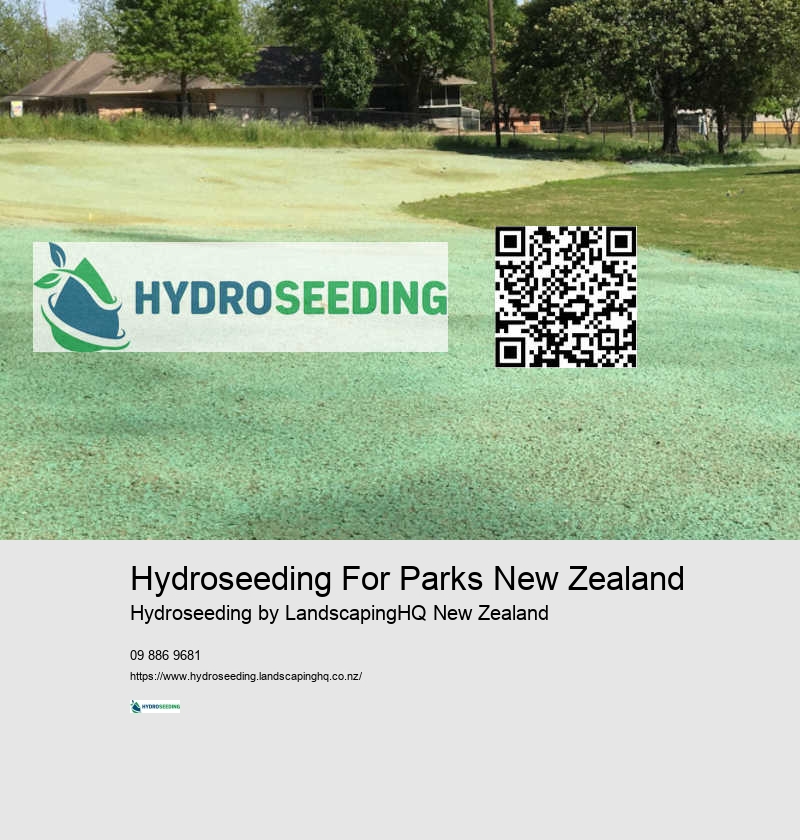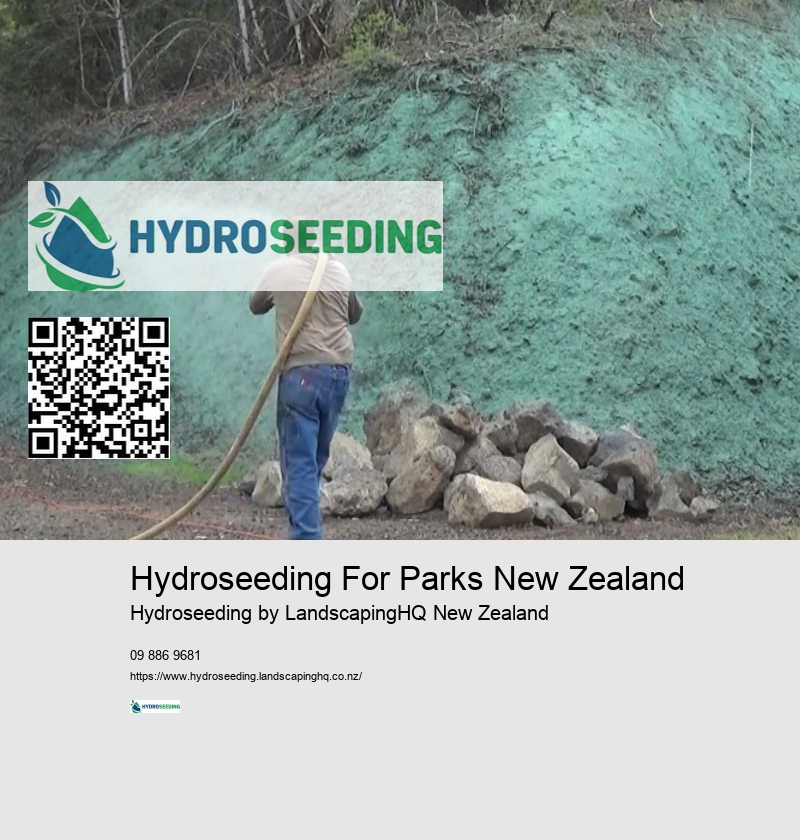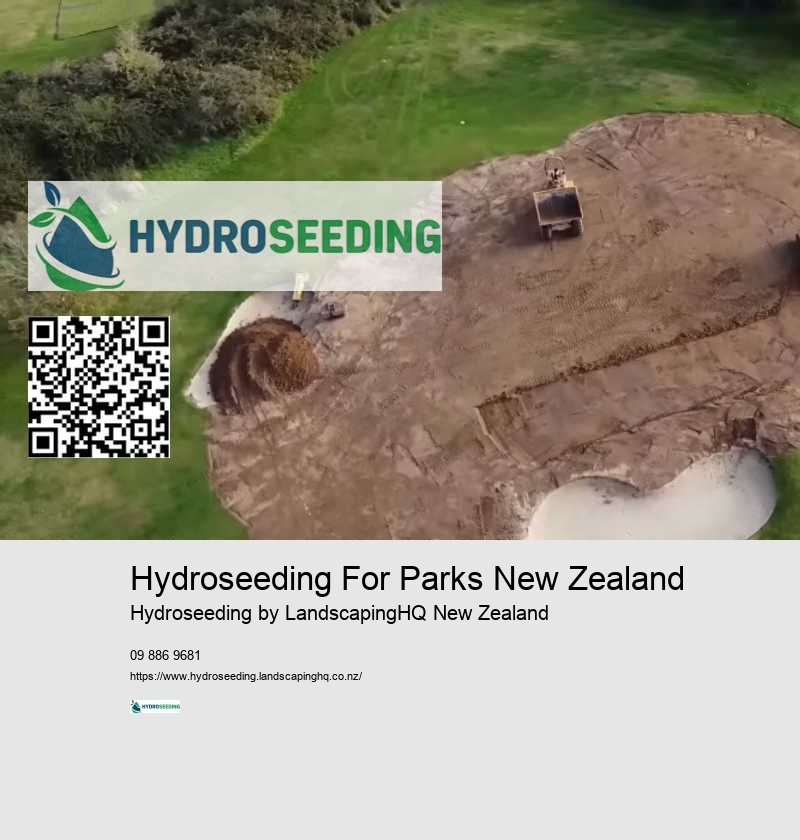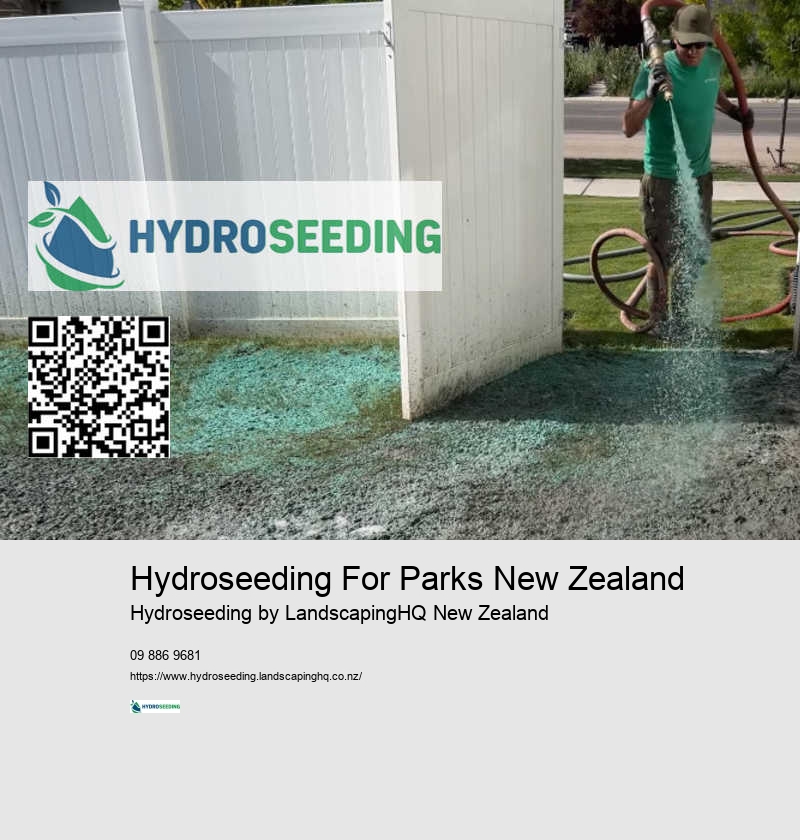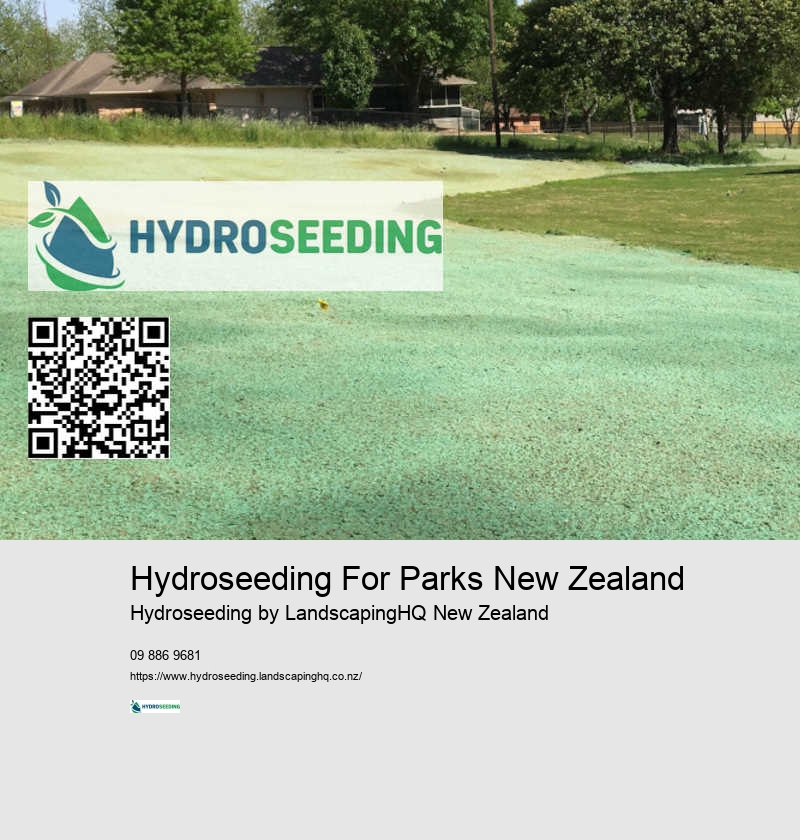Hydroseeding For Parks New Zealand
Hydroseeding preparation
We also use a hydroseeding slurry that contains mulch, fertilizers, and tackifiers. Hydroseeding's future will be shaped by technological advancements. Hydroseeding not only accelerates the establishment of grass but also reduces long-term maintenance costs. Achieve lush green landscapes effortlessly - Learn how Hydroseeding New Zealand can make a difference. It is a great option for areas experiencing water restrictions or droughts, as it uses less water.
We must ensure our lawns receive adequate moisture, especially during the crucial germination period. This not only saves money but also conserves water, aligning with sustainable practices. Garden The mulch is also tackifier which makes it easier to stick the mixture on the soil.
We have the expertise to custom-tailor the seed mixture to meet the needs of your site. We choose seed blends that are best suited for the local climate and soil conditions, ensuring optimal growth and stabilization. Hydroseeding in New Zealand with a hydroseeder is a great option for those looking for reliable and effective landscaping.
The protective layer of mulch retains moisture and reduces the need to water frequently, as well as preventing erosion. Our hydroseeder is used to distribute the slurry evenly, ensuring that the seeds are in contact with the soil. Moreover, traditional seeding might not achieve the same degree of erosion control as hydroseeding, potentially leading to patchy growth or seed displacement during heavy rains.
